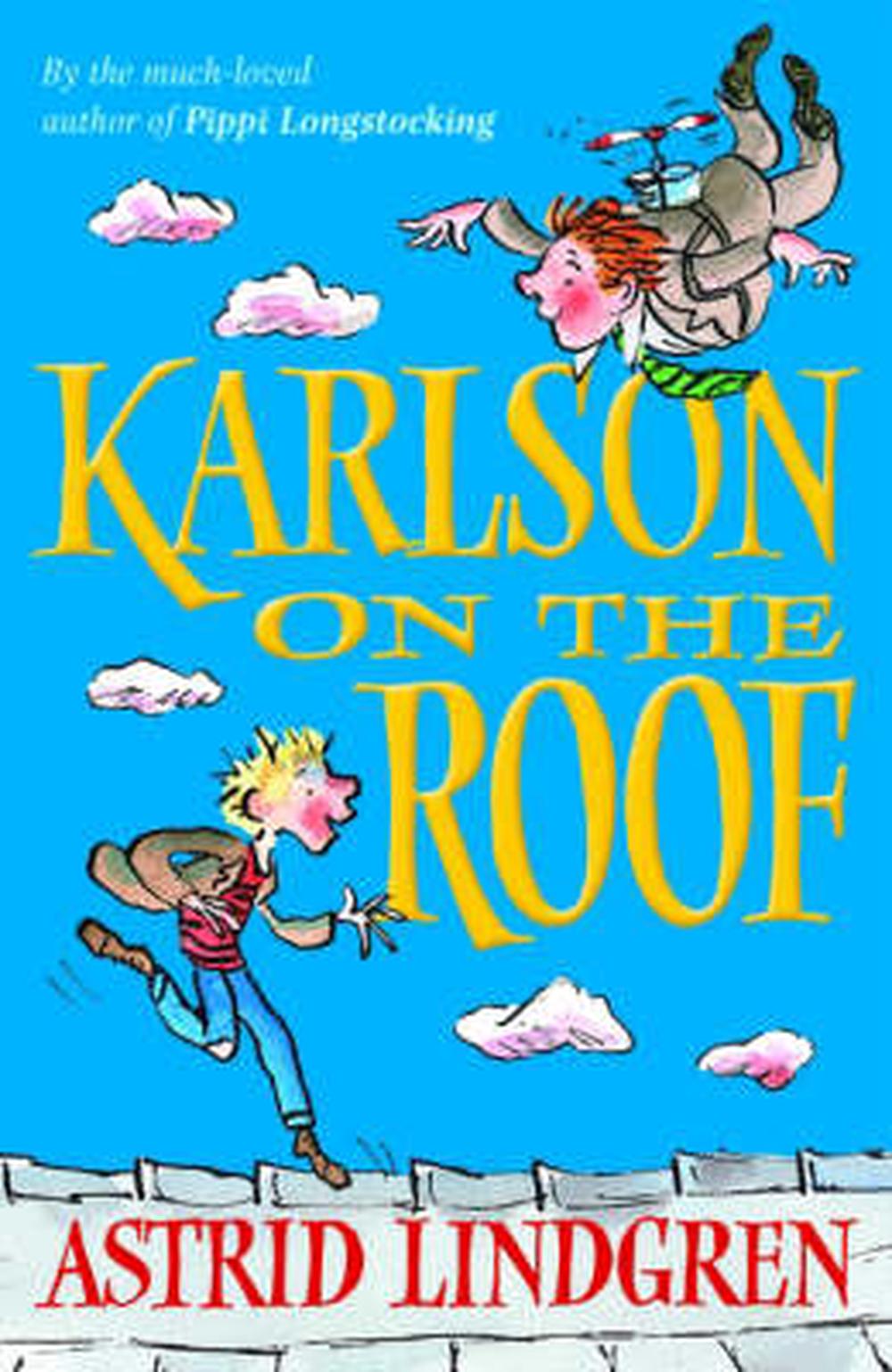

- KARLSON WHO LIVES ON THE ROOF MOVIE
- KARLSON WHO LIVES ON THE ROOF SERIES
though through his actions he inspires Character Development in other people.
Character Development: Weirdly enough, though Karlsson himself could have used a heavy dose of this, he more or less completely avoids it. Like Miss Bock, the cat starts out unfriendly but eventually warms to the protagonists. Canon Foreigner: In the second Russian cartoon, Miss Bock has a cat, which does not appear in the original book and seems to be there mainly as a counterpart to Bimbo. Canine Companion: Bimbo to Lillebror in the second and third book, though he's often left behind (for obvious reasons) when Lillebror goes climbing on/flying over the rooftops with Karlsson. Blue-and-Orange Morality: It would be wrong to say that Karlsson lacks morals, it's just that his sense of morality is mostly centered around what benefits him, or whoever he's feeling sorry for, at the moment. Big Eater: Karlsson, who engages in a bit of Hypocritical Humor over the fact sometimes - accusing others of being gluttons. Ascended Extra: Bettan's boyfriend Pelle appears only in one chapter in the original books, but has a larger role in the 1974 live-action adaptation. Annoying Younger Sibling: Bosse and Bettan, who are both teenagers, tend to view seven year old Lillebror as this. A Boy, a Girl, and a Baby Family: Even if Lillebror is seven or years old, so not a baby nor a toddler anymore, both his older siblings Bosse and Bettan are teenagers, so the family would have fitted into the trope just a few years earlier. The dog, Bimbo, remains Lillebror's trusty pet in the two following books, even if he never becomes the replacement for Karlsson that Lillebror's parents hoped he would - though he and Karlsson get along perfectly well for the most part. It's only after Lillebror has gotten his new puppy that they actually meet Karlsson. At the end of the first book, however, they relent, partly because they think that with a dog Lillebror won't be so lonely anymore and won't keep thinking up stories about Karlsson. A Boy And His Not So Imaginary Friend and A Boy And His Dog: Lillebror wants a dog more than anything in the world but his parents aren't too keen on him getting one. KARLSON WHO LIVES ON THE ROOF SERIES
The Karlsson on the Roof series provides examples of:
KARLSON WHO LIVES ON THE ROOF MOVIE
Then, in 2002, another animated movie was released, this time a full-length theatrical feature based on the first and third book (primarily the third), produced in Norway and overseen by Ilon Wikland, the woman who had illustrated the original books.This movie also spawned an animated TV series. These were followed in 1974 by a Swedish live-action version called Världens Bästa Karlsson ("The Greatest Karlsson in the World"), which adapted the first book.

The earliest adaptations are the two Russian featurettes from 19, which were based on the first two books in the series and are part of the reason why Karlsson is such a popular character in Russia that he's almost a Russian cultural icon. The Karlsson stories have been adapted for both the big and the small screen a number of times. Lillebror and Karlsson have to deal with more than disbelieving parents, though over the course of the books they have to tangle with a strict and hysterical housekeeper named Miss Bock, Lillebror's old cranky uncle Julius, two burglars named Fille and Rulle ("Cosh" and "Ruffy" in English), who go on to become recurring antagonists, and even the risk of discovery and exposure to the general public when newspapers begin printing pictures of a flying Karlsson and speculate whether he's a UFO or some secret foreign spy satellite.






 0 kommentar(er)
0 kommentar(er)
